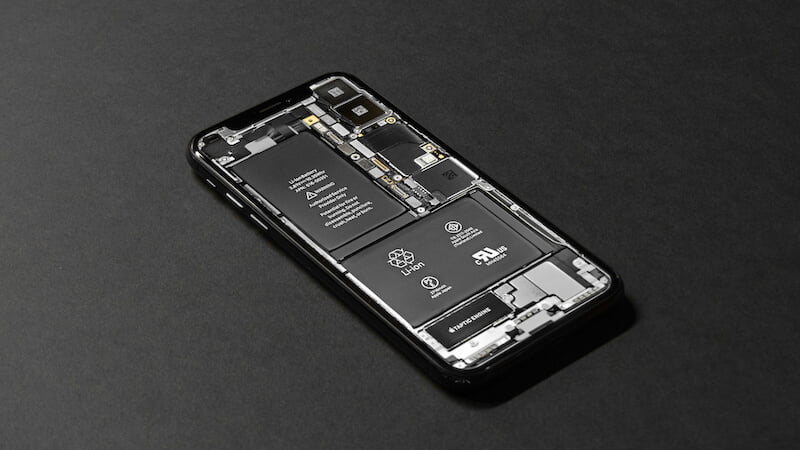
Whether for technical devices or electric cars: batteries are playing an increasingly important role in everyday life. But how do lithium-ion batteries actually work?
Batteries play a crucial role in our everyday lives. Lithium-ion batteries are almost always used in smartphones, wearables and other technical devices. Compared to other batteries, these have a relatively light construction, high energy density and strong durability. But how do such batteries actually work?
A lithium-ion battery consists of several key components. This includes the anode and cathode, which hold the lithium in the battery. The electrolyte transports positively charged lithium ions between the anode and cathode through the so-called separator. Finally, the current collector collects the released electrons and generates an electrical current.
How do lithium-ion batteries work?
The process of ion movement from the anode to the cathode and back creates free electrons that flow through the device as an electrical current. The separator plays a crucial role in this as it prevents the direct flow of electrons within the battery. When discharging, the anode releases lithium ions. These travel to the cathode and drive the flow of electrons that power the device.
In contrast, the process is reversed when charging. Then the lithium ions move from the cathode back to the anode. In addition to the actual energy production, two key figures play a role. The energy and power density.
While energy density measures the amount of energy a battery can store relative to its mass in watt-hours per kilogram, power density measures how quickly a battery can release energy relative to its mass (in watts per kilogram).
Depending on the area of application, different key figures count
To better illustrate this, let’s take the example of a swimming pool. The energy density is comparable to the size of the pool, while the power density determines how quickly the water can be drained. Depending on the purpose, the values have different levels of importance.
An electric car, for example, has to provide significantly more energy in a short time and requires a greater power density. With a smartphone, on the other hand, the battery life and therefore high energy density are more important.
So there's a reason why lithium-ion batteries have become a cornerstone of modern electronics and electromobility. Not only do they provide the energy needed for a wide range of devices, but they are also an essential part of the evolution of sustainable technologies.
Also interesting:
Source: https://www.basicthinking.de/blog/2024/05/14/wie-funktionieren-lithium-ionen-batterien/


